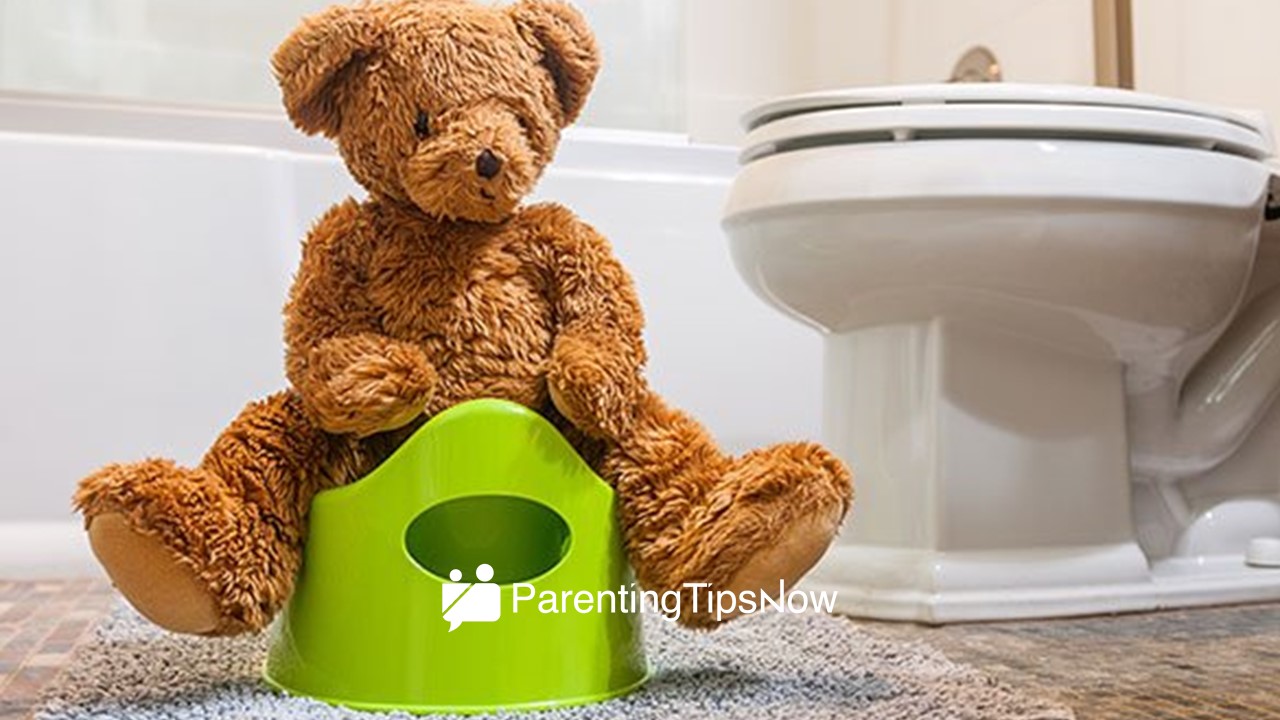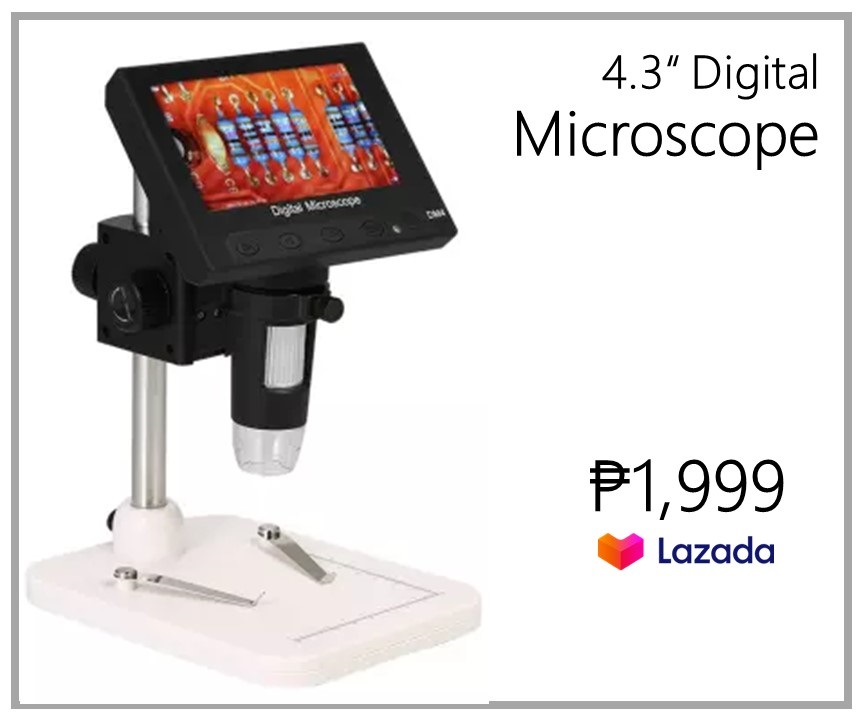Table of Contents
TogglePicture this: a world where diaper changes are minimized, accidents become a thing of the past, and your little one proudly declares their independence by using the potty like a pro. As confusing as it may seem at first glance, potty training doesn’t have to be an uphill battle filled with frustration and tears. With our simple yet effective steps designed for Filipino parents, you’ll be well on your way to achieving success in no time. So grab a seat (preferably on the nearest potty chair) and get ready to dive into our guide that will revolutionize your approach to potty training in the Philippines!
What is Potty Training?
Potty training in the Philippines is a crucial milestone in a child’s development that marks the transition from diapers to using the toilet independently. It involves teaching your little one how to recognize cues for when they need to go and how to properly use the toilet. This process can vary for each child, with some catching on quickly while others may take more time.
For Filipino parents embarking on this journey, cultural factors can play a significant role in how potty training is approached. In traditional Filipino parenting, there is often a sense of collectivism where extended family members may also be involved in the child-rearing process. Therefore, incorporating cultural values and practices into your potty training routine can enhance bonding experiences and make the learning process more meaningful for both you and your child.

What Items You Need to Start a Potty Training?
When embarking on the journey of potty training your child, it’s important to have the right items at your disposal to make the process smoother and more effective. One essential item you’ll need is a toddler-sized potty chair or seat that your child can comfortably sit on during their potty training sessions. This specialized chair or seat will make it easier for them to get used to using the toilet independently.
Another important item to have is a step stool, which will help your child reach the toilet or the sink easily. Having a step stool accessible in the bathroom will empower your child to take control of their potty training experience with confidence. Additionally, consider getting some fun and engaging children’s books about potty training to read with your little one. These books can help spark interest and excitement about this new milestone in their lives, making the process more enjoyable for both of you!
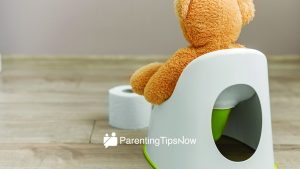
The Price Range of Potty Chair in the Philippines: How Much?
When it comes to purchasing a potty chair in the Philippines, parents can find a wide range of options to fit their budget. The price range of potty chairs typically varies based on the brand, design, and features offered. On average, basic plastic potty chairs can be found for as low as ₱109 to ₱799, providing an affordable option for budget-conscious families.
For those looking for more premium and feature-packed potty chairs, prices can range from ₱1,100 to ₱2,200 or more. These higher-end models may come with additional features, such as music and lights, to make the potty training process more engaging for children. Ultimately, the price of a potty chair is just one factor to consider when choosing the right one for your child’s needs.
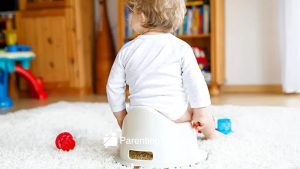
Where Can You Buy Potty Chair in the Philippines? Online and Retail Stores
When it comes to buying a potty chair in the Philippines, there are several options available both online and in retail stores. Online platforms such as Lazada, Shopee, and Amazon can offer a wide range of potty chairs for different preferences and budgets. These online platforms provide convenience and the ability to compare prices and read reviews before making a purchase.
For parents who prefer the traditional shopping experience, retail stores like Baby Company, SM Baby Section, or Mothercare offer physical locations where they can browse through various potty chair options. These stores often have knowledgeable staff who can assist in selecting the right potty chair based on the child’s age, size, and needs. Additionally, visiting retail stores allows parents to physically see and feel the product before deciding to buy it. By exploring both online and physical avenues for purchasing a potty chair, Filipino parents have multiple options to choose from based on their preferences and requirements.
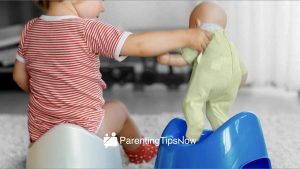
How to Start Potty Training? Easy Steps for New Filipino Parents
Potty training can be a challenge for Filipino parents, especially for new parents navigating this milestone. To ease into this process effortlessly, consider starting with introducing the potty chair early on to familiarize your child with it. Make it a fun and exciting experience by incorporating some of their favorite toys or books into the routine to create a positive association with using the potty.
Being patient and consistent is key to guiding your little one through this transition. Encouraging your child to communicate their needs and celebrating every success, no matter how small, can help build their confidence and make them more eager to cooperate. Remember that every child progresses at their own pace, so refrain from comparing your child’s journey to others and trust in the process as you embark on this rewarding journey together.
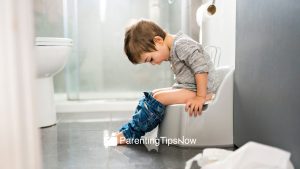
Potty Training Step 1: Understanding the readiness signs of your child
Potty training is a significant milestone for both parents and children. One of the key factors in successfully potty training your child lies in understanding their readiness signs. These signs can vary from child to child, but typical indicators include showing an interest in using the toilet, becoming aware of their bodily functions, and being able to communicate their needs effectively. It is important to remember that forcing a child into potty training before they are ready can lead to frustration and setbacks.
Observing your child’s behavior and cues can provide valuable insights into their readiness for potty training. Some children may express a desire for independence or mimic adults’ actions when it comes to using the toilet, signaling that they might be ready for this next step. Additionally, paying attention to moments when your child is dry for longer periods or starts showing discomfort with wet diapers can also indicate readiness for potty training. By being attuned to these signs, parents can approach potty training in a way that is supportive and tailored to their child’s unique cues and needs.
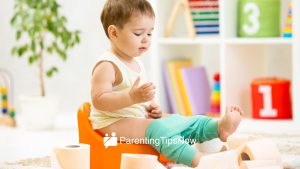
Potty Training Step 2: Establishing a routine for potty training
After successfully introducing the concept of potty training to your child in step 1, it’s time to move on to step 2: establishing a routine. Consistency is key here; try to schedule potty breaks at regular intervals throughout the day so that your child starts to recognize the cues indicating it’s time to use the toilet. This routine can help build their association between feeling the need to go and actually going to the right place.
Aside from fixed times during the day, pay attention to other moments when your child might need to visit the bathroom, such as after meals or before bedtime. By being proactive in these situations, you not only prevent accidents but also reinforce good habits for them. With patience and perseverance, this consistent routine will soon become second nature for both you and your little one, bringing you closer to achieving successful potty training together!
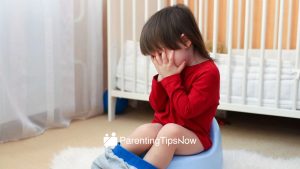
Potty Training Step 3: Introducing the concept of using the potty
In step 3 of potty training, it’s all about introducing the actual concept of using the potty to your little one. This is where you begin to establish routines and create a comfortable environment around the idea of using the toilet. Encourage your child to sit on their potty at regular intervals, such as after meals or before bedtime, to start getting them accustomed to the process.
Additionally, make sure to use positive reinforcement and praise when they successfully use the potty. This will help build their confidence and motivation to continue practicing this new skill. Remember that every child progresses at their own pace, so be patient and understanding throughout this stage of potty training.
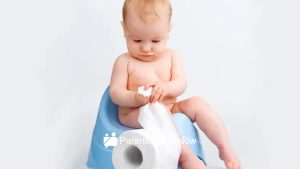
Potty Training Step 4: Using positive reinforcement techniques
Potty training can be a challenging journey for both Filipino parents and toddlers, but step 4—using positive reinforcement techniques—can make the process smoother and more effective. Instead of focusing on accidents or setbacks, praise your child for every successful trip to the potty. Incorporate a reward system such as stickers, small treats, or extra playtime as a way to motivate and encourage your little one.
Positive reinforcement not only boosts your child’s confidence but also helps create a positive association with using the potty. Celebrate even the smallest victories, and remember that consistency is key to reinforcing this behavior. By acknowledging their efforts and progress, you are setting them up for success in mastering this important milestone.
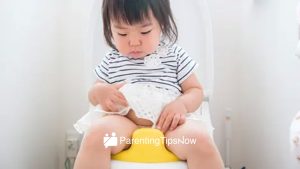
Potty Training Step 5: Dealing with setbacks and accidents effectively
Dealing with setbacks and accidents in potty training can be frustrating, but it’s important to remember that they are a natural part of the learning process. When accidents happen, stay calm and avoid scolding or shaming your child. Instead, use accidents as teachable moments by gently explaining what went wrong and how they can try to prevent it in the future.
Consistency is key when facing setbacks in potty training. Stick to the routine you’ve established and offer plenty of positive reinforcement for every success, no matter how small. It’s also helpful to keep track of any patterns or triggers that may contribute to accidents so you can address them proactively. Remember, every child is different, and progress takes time. Celebrate the victories and learn from the setbacks on this journey towards potty training success!
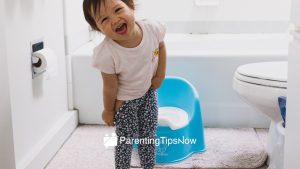
Potty Training Step 6: Gradual transition to underwear from diapers
As your little one successfully adapts to using the potty, it’s time to make the exciting transition from diapers to underwear. This step marks a milestone in their potty training journey, giving them a sense of independence and accomplishment. Begin by allowing your child to choose their own underwear, encouraging their involvement in this fun process.
Slowly introduce underwear during daytime hours when accidents are less likely to happen. Keep an eye on signals that indicate they need to use the restroom, and remind them consistently about visiting the bathroom. By opting for gradual exposure to underwear, you’re providing your child with the opportunity to learn and adjust at their own pace, making the transition smoother and more enjoyable for both of you.
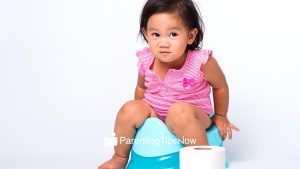
Potty Training Step 7: Celebrating milestones and achievements
After months of dedication and patience, it’s finally time to celebrate the milestones and achievements your little one has made in their potty training journey. Each successful trip to the potty is a victory worth recognizing and celebrating. Consider creating a special reward chart where your child can put stickers or marks for each successful bathroom visit. Tailor rewards based on what motivates them, whether it’s small treats, extra playtime, or choosing a favorite bedtime story.
Remember, the key to successful potty training is positive reinforcement and encouragement. Celebrating small wins will not only motivate your child to keep up the good work but also build their confidence and self-esteem. Additionally, involving other family members in celebrating these milestones creates a supportive environment that reinforces your child’s progress and makes them feel proud of their achievements. So go ahead, throw a mini celebration after reaching each milestone, because every step taken towards independence deserves recognition!

Why Potty Training is Important for Filipino Toddlers?
Potty training holds particular significance in the cultural context of Filipino toddlers. In the Philippines, where close-knit family ties are pivotal, instilling proper potty habits early on not only promotes hygiene but also fosters a sense of independence and self-reliance. It serves as an essential step towards a child’s development, encouraging responsibility and discipline from a young age.
Moreover, potty training in Filipino households plays a vital role in building respect for and consideration for others. By teaching children to use the toilet appropriately, parents instill values of cleanliness that are deeply rooted in Philippine culture. Emphasizing the importance of good bathroom etiquette lays the foundation for social awareness and politeness among youngsters, setting them up for success both within their families and broader communities.
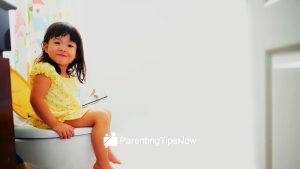
The Right Age for Potty Training
Potty training is a significant milestone in a child’s development, and the question of when to start this process often weighs heavily on parents’ minds. While there is no one-size-fits-all answer, experts generally agree that readiness cues from the child play a crucial role. It’s not just about age; it’s about physical readiness, cognitive abilities, and emotional maturity.
The right age for potty training can vary greatly from child to child, with some showing signs as early as 18 months while others may not be ready until closer to three years old. Observing your child for signs of readiness, such as staying dry for longer periods, showing interest in the toilet or potty chair, and being able to follow simple instructions, can help determine when the time is right. Ultimately, it’s important to approach potty training with patience and understanding, keeping in mind that every child develops at their own pace.
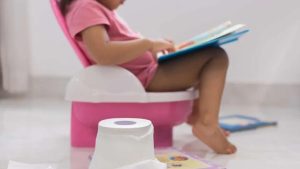
How to Plan a Potty Training for Filipino Parents?
Embarking on the journey of potty training as Filipino parents can seem like a challenging endeavor, but with the right approach and mindset, it can be a smooth transition for both you and your child. Start by understanding your child’s cues and readiness signals. Filipinos are known for their close-knit family culture, so involving grandparents or other family members in the process can provide additional support and encouragement for your little one.
Create a fun and engaging routine around potty time to make it an exciting experience rather than a chore. In Filipino culture, emphasis is often placed on celebration and positive reinforcement, so consider creating a reward system for every successful trip to the potty. Don’t forget that accidents will happen; stay patient and understanding throughout the learning process. Remember, each child is unique, so tailor your approach to suit your child’s personality and pace.
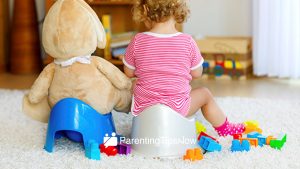
Bottom Line: Successful Potty Training for Filipino Parents
As Filipino parents, successfully navigating the journey of potty training can be both a rewarding and challenging experience. By following the 7 super easy steps outlined in this guide, you are well on your way to achieving success at this important milestone. Remember to celebrate every small victory along the way, as consistency and positive reinforcement are key elements in successful potty training.
The process of potty training is not always smooth sailing, but having patience and understanding can make all the difference. Each child is unique, so it’s important to tailor your approach to suit their individual needs and learning style. Keep in mind that accidents will happen, but staying calm and supportive will help your child feel more confident in their abilities. Stay committed to these steps, stay positive, and most importantly, trust yourself as a parent during this journey towards successful potty training for your little one.


